Iran Travertine Price
TravertineAbout Iran Travertine
Iranian Travertine is one of the most frequently used travertine in modern architecture and is commonly seen as facade material, wall cladding. Also, Iran Travertine is utilized for flooring projects and in some cases in city paving and wall claddings. Iran Travertine as a totally natural stone has variations and defects and color texture with different shape and colors and you cannot find two pieces precisely alike which can make a really different design. Travertine are made from sediments left from the mineral waters of caves, sediments from the bottom of the sea and rivers, or from hot springs.
Iran Travertine can be used in the interior and exterior of the building and other purposes. Due to their texture and material, travertine stones are not smooth stones and have high security, therefore they are a suitable option for use on the floors of buildings. Because the surface of travertine remains cool, they are a very suitable choice for the surroundings of outdoor pools. They are also used in open spaces such as sidewalks, stairs, etc. In addition, these stones can be used in the staircases, bathrooms and toilets, kitchen counters and other spaces.
These kind of stone with different types of colors from light to dark and all kinds of patterns has a unique property among stones. It can be cut in two directions to be layered.
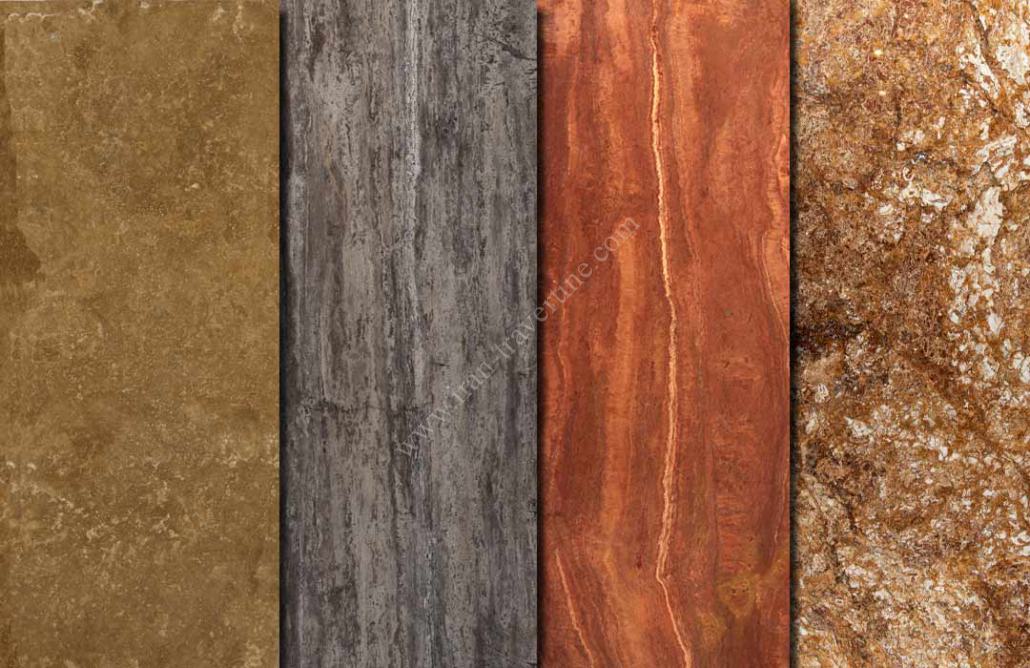
Iran Travertine Price Variations
Iran Travertine Price depends on several factors, which are given below:
- Stone quality and analysis: The most important parameter of stone quality is the physical and chemical analysis of that stone.
- Different color and design: In the cream and white travertine stones, the stone that is brighter and also has more regular waves has a higher price. In colored travertine stones, darker stones with more regular waves have a higher price.
- Quality grade of travertine stone: The quality grade of travertine stone is very important in determining its price. And sometimes the grade of similar super stones has a lower price than grade 2 of the same stone.
- Accurate stone sorting: Travertine stones have different sorts that are sorted after the cutting and sub-sorting stage. Accurate sorting of stone increases its price.
- Stone diameter and dimensions: Travertine stones are mostly used in building facades and walls, and the stone facade must be restrained by a scope in order to prevent the stone from falling. For this reason, the thickness of the travertine stone is very important, and the thicker stone has a higher price.
- Type of stone processing: The type of stone processing has a decisive role in the price of travertine stone. The type of resin or epoxy, the use of UV technology, the accuracy of stone cutting and the type of stone packaging and transportation will affect the price of travertine stones.
Iran Travertine price
Iran Travertine Price for each square meter of travertine in 2023 is mentioned here as short table to give you an idea about market price. However, price may vary depending on the color, finishing and also the size.
Here we have presented the commercial grade tiles available and prices are based on FOB Iran ports for your references:
Travertine Type | Unit | Unit Price (USD) | MOQ (sqm) |
Iranian Beige Travertine | sqm | 23-28 | 350 |
Iranian Red Travertine | sqm | 20-22 | 350 |
Iranian Yellow Travertine (Lemon) | sqm | 20-22 | 350 |
Iranian Silver Travertine | sqm | 25-30 | 350 |
Iranian Noche Travertine | sqm | 24-26 | 350 |
Iranian Chocolate Travertine | sqm | 24-26 | 350 |
Iranian Supper Light Travertine | sqm | 28-33 | 350 |
Some of the most expensive Iran travertine are mostly the beige travertine variations which are mentioned below:
- Super Atashkouh Travertine
- Super Abbas Abad Travertine
- Momtaz Abianeh Travertine
- Haji Abad Travertine
Know more about Iran Travertine
The most important travertine quarries in Iran are:
- Haji Abad Travertine
- Abbas Abad Travertine
- Bukhari Valley Travertine
- Azarshahr Travertine
- Kashan Silver Travertine
- Yazd Travertine
- Atashkouh Travertine
- Agha Mohammadi Chocolate Travertine
- Abianeh Travertine
- Hamadan Travertine
- Gerdavii travertine
- Takab travertine
Atashkouh travertine stone has a very high quality among travertine stones and its price is also very high. This stone is cut both wavy and non-wave, but Atashkouh travertine without waves is more popular and it is used a lot in luxury buildings.
One of the most famous travertines is Mahalat travertines, the reason for the fame of these stones is their bright color and special cloud and wind designs. The brighter the travertine color, the more popular it will be and the higher the price. These stones are very suitable for the main facade of the building.
Haji Abad travertine is relatively heavier and more resistant than other types of travertine stones, and it is used as a cover to install it on a long facade. This stone has many color variations and its colors start from dark brown to light and white. The whiter and brighter this stone is, the more popular it is among its consumers. For this reason, the bright Haji Abad stone has a higher price than its dark colors. This stone has two types of design, small and large, and its designs are chosen according to the taste of builders and designers.
Abianeh travertine stone can be produced in two forms, waveless and wavy, which is mostly produced without waves, and it is a popular stone for Roman facades because of its good coloring and uniformity. If we want to point out the disadvantages of this stone, Abianeh travertine stone has a higher percentage of lime than some travertine stones, and for this reason, it has less ability to absorb.
Takab travertine stone is used for both domestic consumption and export. The beauty of Takab colored stones is so high that it has gained many fans in domestic and foreign markets. Also, Among the most exported travertine stones in Iran, we can mention silver travertine, red travertine of Azar Shahr, lemon travertine, and Bukhari valley travertine.
Iran travertine are usually cut with a width of 40 cm and are conventional in the domestic market, and dimensions smaller than 40 cm are unconventional and have a higher price.
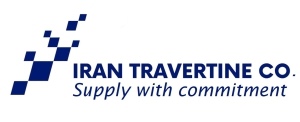
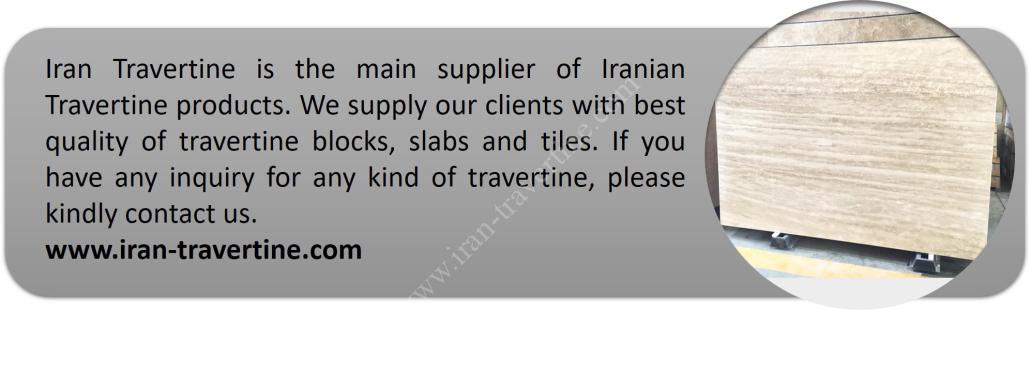
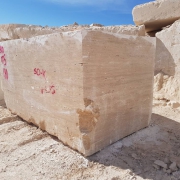
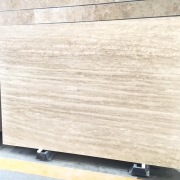
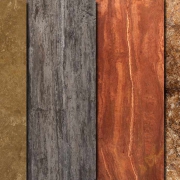

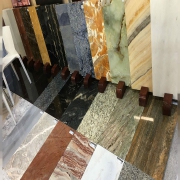


We need price of Iranian Silver travertine. plz send me your best price for silver travertine blocks
Hello and good day
Sure, we have sent you in your whatsapp.